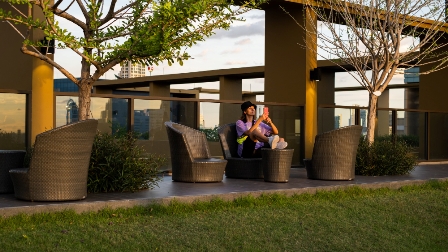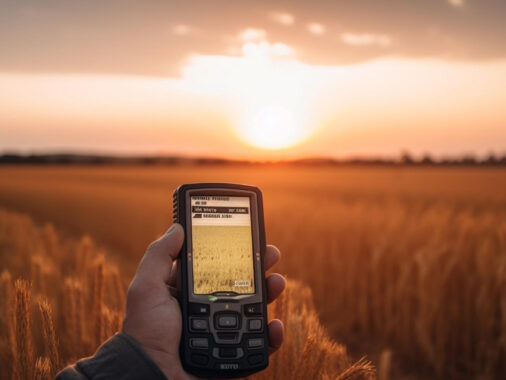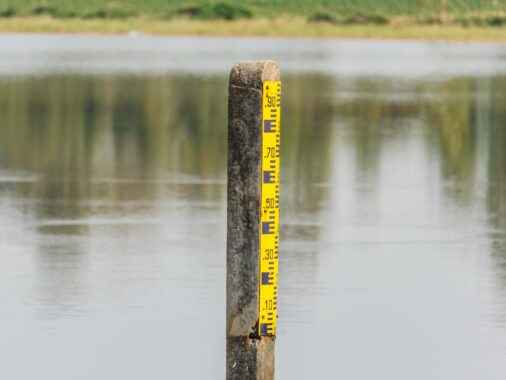Creating a beautiful and functional outdoor space isn’t just about adding a few potted plants or laying down a stone path. It’s about turning your yard into a space that feels like a natural extension of your home—somewhere you can relax, entertain, and enjoy the outdoors in comfort. Whether you’re working with a cozy backyard or a wide-open space, the right landscaping and design choices can make a world of difference.
Why Outdoor Living Is Worth the Investment
More homeowners today are investing in their outdoor spaces—and it’s easy to see why. A well-planned yard doesn’t just improve curb appeal; it creates a space where memories are made. Think summer barbecues, family game nights under string lights, or simply sipping coffee while the sun rises.
Aside from the emotional benefits, there’s also financial gain. Studies from the National Association of Realtors have shown that landscaping can boost your home’s value by as much as 15%. And with remote work becoming more common, many people are looking to make the most of every square foot of their property—including the backyard.
Start with a Purpose-Driven Plan
Before you start picking out patio furniture or planting trees, take a step back and think about how you want to use the space. Your outdoor area should reflect your lifestyle.
Ask yourself:
- Do you enjoy hosting get-togethers?
- Are you hoping for a quiet retreat to read and unwind?
- Is there room for the kids or pets to play?
Once you have a clear purpose in mind, you can divide the space into zones—perhaps one for dining, another for relaxing, and one for gardening or play.
Also, keep an eye on where the sun hits during the day. This can help you decide where to add shade, plant trees, or place seating.
The Building Blocks of a Great Outdoor Space
A thoughtfully designed yard usually blends two key elements: softscape (plants, flowers, grass) and hardscape (stone paths, decks, patios). Striking the right balance between the two creates a natural yet structured look.
Softscape Ideas:
- Native plants are not only easier to care for, but they also support your local ecosystem.
- Layering plants of different heights and textures can create a more dynamic look.
- Mulch helps retain moisture and keeps weeds down—plus, it looks tidy.
Hardscape Ideas:
- A patio made from stone pavers or stamped concrete adds both function and charm.
- Pathways create visual flow and help guide guests through the space.
- Retaining walls can double as seating while adding depth to the design.
Pro tip: Investing in quality materials, even if your budget is tight, can save you money in the long run. Cheap patio stones, for example, may crack or shift, leading to more repairs later.
Outdoor Features That Truly Elevate the Space
If you’re looking to take your backyard up a notch, consider adding features that bring comfort and style.
- Outdoor Kitchens: Even a simple grill station with counter space can become a game-changer for gatherings.
- Fire Pits and Fireplaces: Great for extending your outdoor season well into fall (and even winter in milder areas).
- Pergolas and Shade Canopies: These add instant structure and make midday sun more bearable.
- Lighting: Think beyond porch lights. Use string lights, lanterns, or ground-level LEDs to create ambiance.
- Water Features: Whether it’s a bubbling fountain or a small koi pond, water adds a soothing touch.
Real-life example: A friend of mine in Oregon installed a simple stone fire pit with built-in benches. Now, it’s the go-to spot for evening chats and roasting marshmallows almost year-round.
Eco-Friendly Landscaping Tips
Sustainable design is more than just a buzzword—it’s a smarter, more responsible way to care for your yard. Plus, it often saves money over time.
Here are a few earth-friendly strategies:
- Drought-tolerant plants: Ideal for dry climates, and they need less upkeep.
- Rain gardens: These absorb runoff, helping reduce erosion and pollution.
- Compost bins: Turn your kitchen scraps into rich soil for your garden beds.
- Smart irrigation: Modern systems can be programmed based on local weather, cutting down on wasted water.
According to the EPA, over half of outdoor water use in the U.S. is wasted due to overwatering and poor irrigation systems. Small tweaks can make a big impact.
Seasonal To-Do List for Yard Care
Keeping your outdoor space looking its best means staying on top of seasonal tasks. Here’s a rough guide to help you stay ahead of the game:
Spring
- Rake leaves and clear debris
- Test your irrigation system
- Fertilize and reseed your lawn
Summer
- Mow regularly (but not too short)
- Water deeply in the early morning
- Keep an eye out for pests and weeds
Fall
- Trim back plants
- Aerate and fertilize your lawn
- Plant bulbs for next spring
Winter
- Cover fragile plants
- Store or protect outdoor furniture
- Dream up next season’s projects
What to Expect When Budgeting
Outdoor upgrades don’t have to break the bank, but it helps to plan ahead. Here’s a general idea of what common features may cost:
- Basic patio setup: $2,000–$5,000
- Mid-range deck: $7,000–$15,000
- Full outdoor kitchen: $10,000 and up
- Professional landscaping: $5,000–$20,000 depending on scope
Tip: If the numbers feel overwhelming, consider tackling one zone at a time. Many homeowners build their outdoor space in phases—starting with a patio, then adding lighting or garden beds later.
My Opinion: Why It’s Worth It
I’ve seen firsthand how investing in an outdoor space can change how you live at home. A few years ago, I turned a dull backyard into a small, inviting retreat. Nothing fancy—just a deck, some string lights, and a mix of perennials—but it became my favorite place to unwind after work. The return on investment wasn’t just monetary. It was in the quiet mornings, the laughter during weekend barbecues, and the sense of pride every time I looked out the window.
Your outdoor space doesn’t need to be perfect or Pinterest-worthy. It just needs to feel like home.
FAQs
Stick with native plants, mulch beds, and drought-tolerant shrubs. These require less watering and pruning, making them ideal for low-maintenance yards.
Check your USDA Hardiness Zone, which tells you what plants are likely to thrive in your region. Local nurseries and garden centers are also great sources of advice.
Absolutely. According to Remodeling Magazine’s Cost vs. Value report, features like patios and decks often recoup 70–80% of their cost at resale. Curb appeal also helps homes sell faster.
If you’ve been putting off that backyard makeover or garden project, now’s the time to start planning. With the right vision and a little elbow grease, your outdoor space can become your new favorite “room” in the house—one that brings joy, peace, and even a touch of magic to your everyday life.





